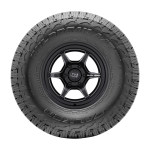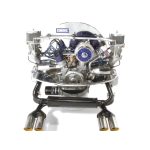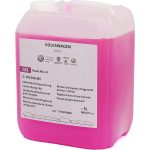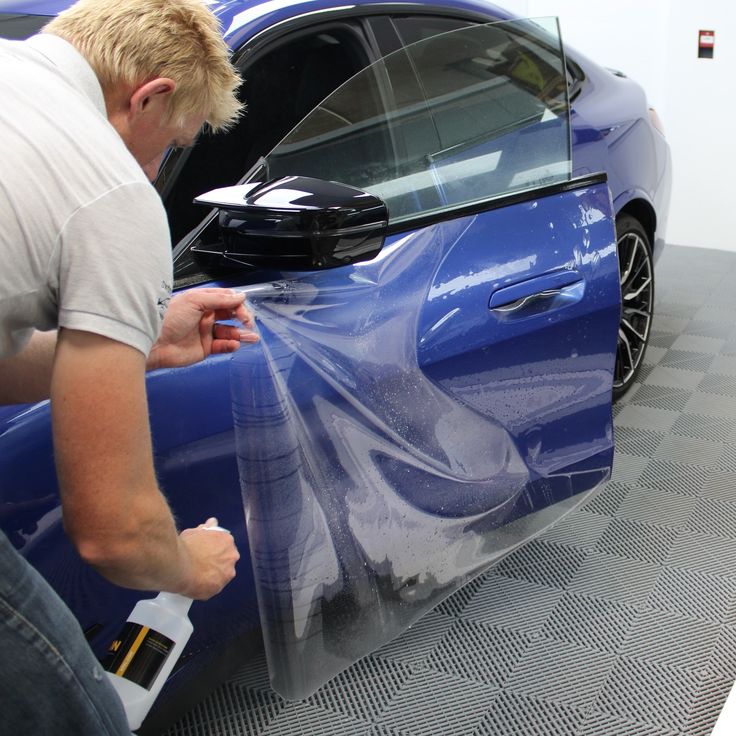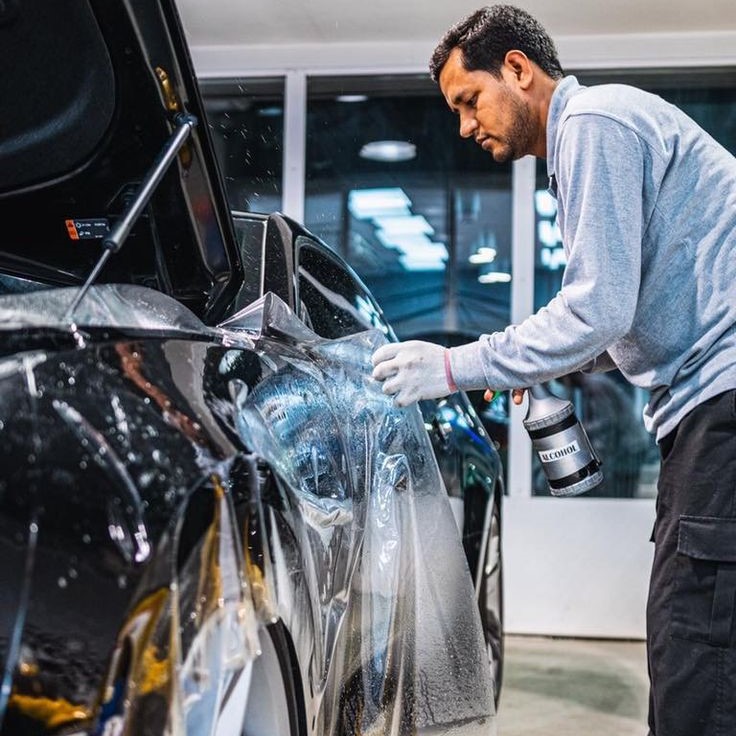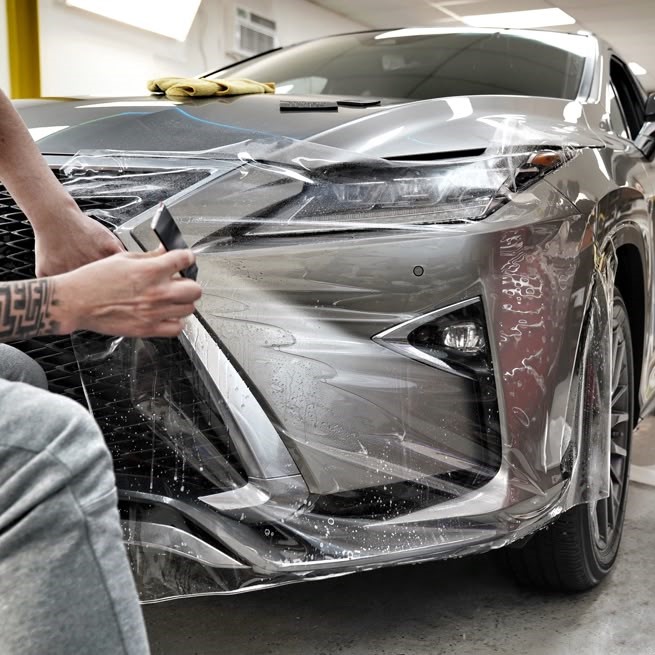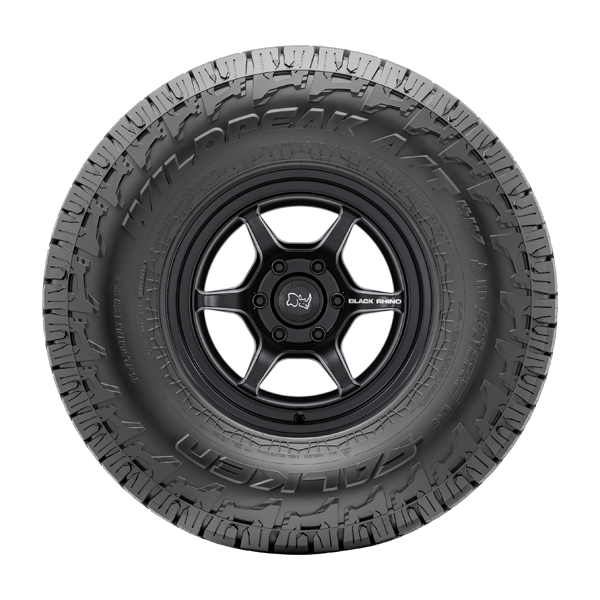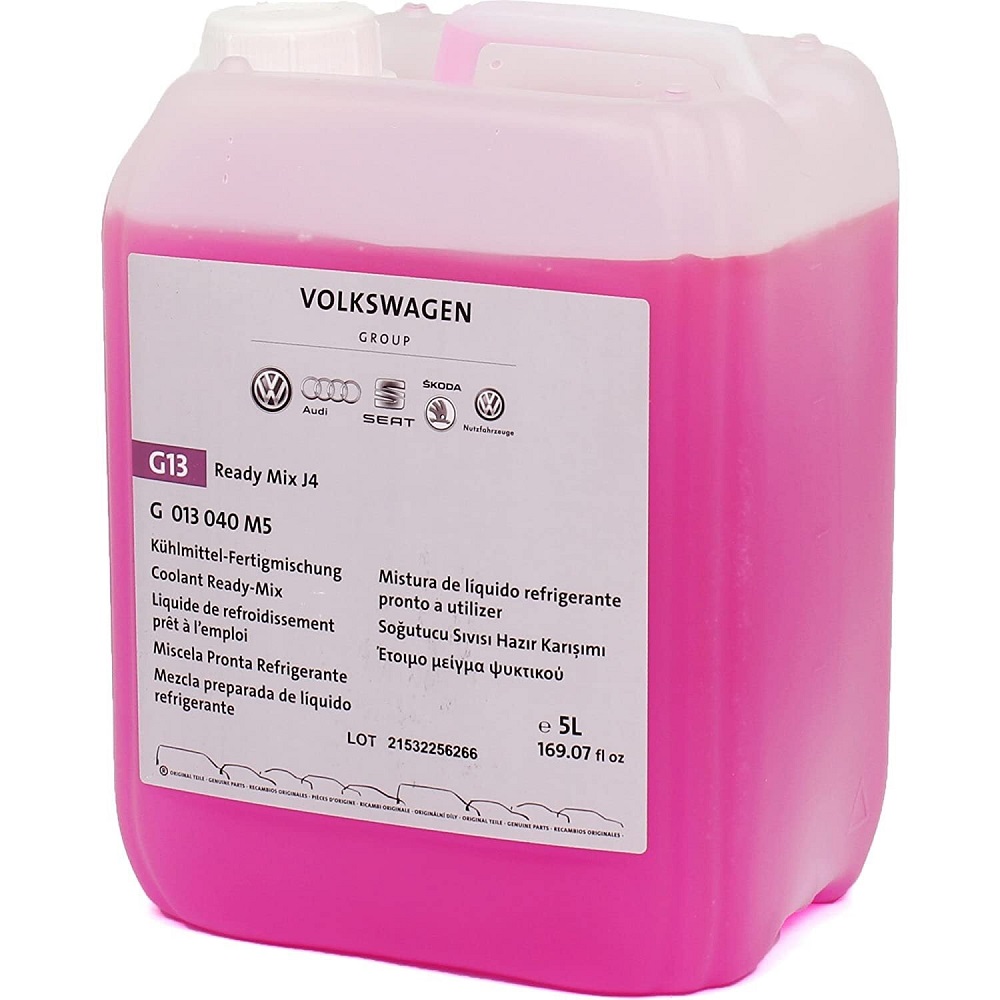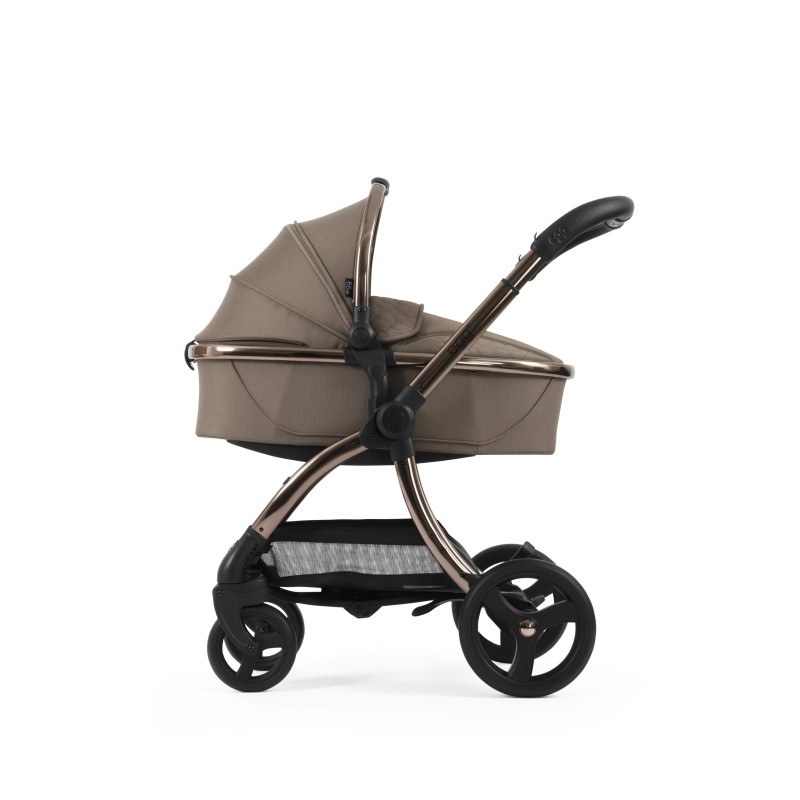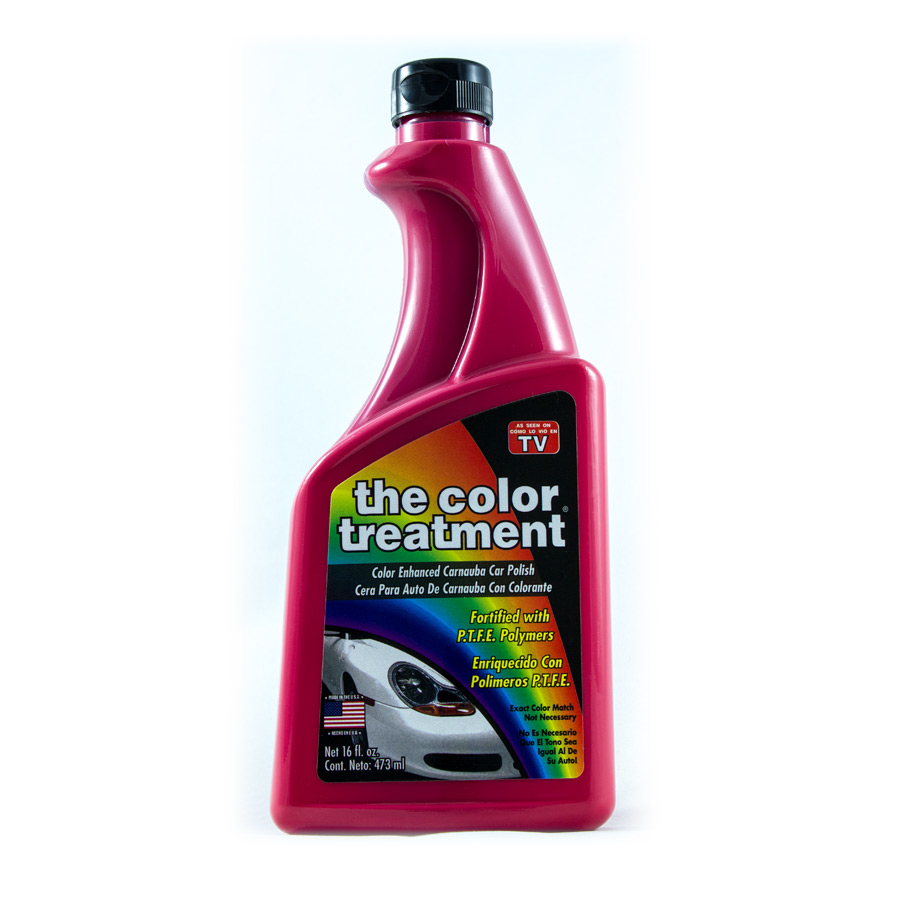What is Car Protection Film?
Car protection film is a thin, transparent layer applied to vehicles to shield their surfaces. Its main purpose is to protect the paint and finish of a car. The film guards against minor damages like scratches, chips, and stains. It also helps preserve the vehicle’s original shine and aesthetic appearance. Car protection film is highly durable and provides long-lasting results.
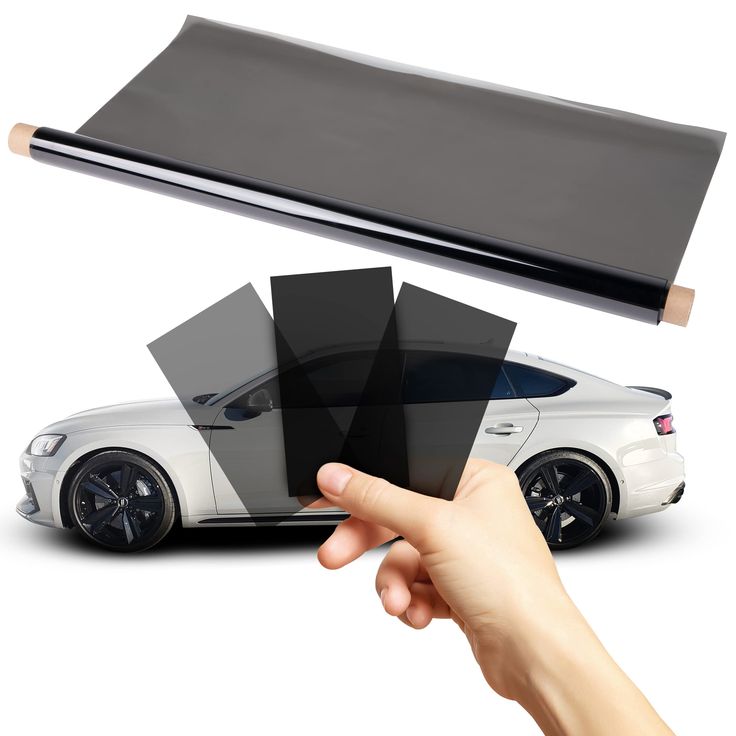
Types of Car Films
Several types of car protection films are available to suit different needs:
- Clear Bra Films: These are invisible and designed specifically to protect high-impact areas like bumpers and hoods.
- Matte Films: These give the car a matte finish while protecting the paint underneath.
- Self-healing Films: These advanced films can repair minor scratches and scuffs on their own.
- Colored Films: Apart from protection, these offer an option to change the vehicle’s appearance.
Each type has unique features to enhance both protection and personalization.
How Car Protection Film Works
Car protection film works by creating a physical barrier against harmful elements. The film absorbs the impact of small debris such as stones, preventing scratches or dents. UV-resistant films block harmful rays from fading or damaging the paint. The self-healing films use their elastic properties to repair minor abrasions over time. Proper application ensures the film adheres seamlessly to the car’s surface, adding a protective and appealing layer.
Advantages of Applying
Car protection film offers numerous benefits for your vehicle. It acts as a safeguard against various damages. By applying it, you enhance your car’s appearance and prolong its lifespan. Let’s explore the specific advantages below.
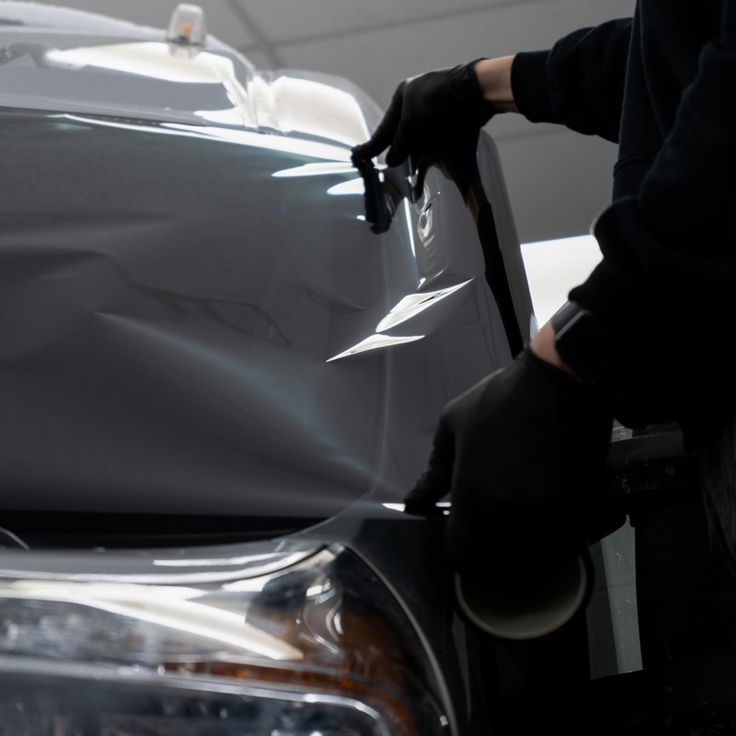
Protection Against Scratches and Chips
Car protection film prevents scratches and chips caused by road debris. Gravel, small stones, or sand can harm your car’s paint. The film absorbs these impacts, keeping your vehicle’s surface intact. It is especially crucial for high-impact areas like bumpers and hoods.
Shielding Against UV Rays and Sun Damage
Extended sun exposure can fade your car’s color over time. Car film with UV resistance blocks harmful rays. It reduces paint discoloration and prevents cracking caused by heat. This keeps your vehicle looking fresh and vibrant.
Preserving Vehicle Paint and Shine
Maintaining your car’s factory shine is challenging because of daily wear and tear. Car film enhances the gloss and preserves the original finish. It protects the paint from stains, ensuring your car looks like new for longer.
Resistance Against Environmental Contaminants
Environmental factors like dirt, grime, and bird droppings can damage a vehicle’s paint. Car protection film provides a barrier against such contaminants. It resists damage from chemical spills, acid rain, and tree sap. Your car remains clean and protected in various conditions.
Comparing Car Film with Other Paint Protection Solutions
Choosing the right solution for protecting your car’s paint involves considering various options. Two popular alternatives to car film are ceramic coating and waxing. Let’s explore how car protection film compares to these choices.
Ceramic Coating vs. Car Film
Ceramic coating is a liquid polymer applied to a car’s surface. It bonds with the paint to create a protective layer. While both ceramic coating and car film offer paint protection, there are key differences:
- Durability: Car protection film provides a thicker, more impact-resistant barrier than ceramic coating.
- Scratch Protection: Films absorb impacts from debris, while ceramic coating resists minor scratches but may not prevent chips.
- UV Protection: Both options guard against UV rays, but car film offers better sun damage resistance.
- Self-Healing: Car protection films can repair minor scratches, unlike ceramic coatings.
- Cost: Ceramic coating tends to be less expensive upfront than car film but requires reapplication over time. Films provide long-term value due to their lifespan.
- Appearance: Ceramic coating enhances the gloss of the paint, whereas car films can provide either gloss or matte finishes.
Waxing vs. Car Protection Film
Waxing is a traditional method of protecting a car’s paint with a layer of polish. Here’s how it stands compared to car film:
- Durability: Waxing provides temporary protection, while films offer long-lasting results.
- Scratch Resistance: Wax cannot protect against scratches or chips, but car protection film can.
- Environmental Protection: Wax shields against minor contaminants, but films provide a robust barrier against harsh chemicals and bird droppings.
- Ease of Application: Waxing is simpler to apply than car film, but frequent reapplication is needed.
- Cost: Wax is cheaper upfront but requires regular reapplication, making it less cost-effective.
By comparing these options, car protection film often emerges as the superior choice for long-term results and comprehensive protection. Understanding these differences helps you choose the solution that matches your needs and budget.
The Installation Process
Installing car protection film requires attention to detail for effective results. While it shields your vehicle from damage, the installation process varies between professional services and DIY methods. Each has its benefits and challenges, which we’ll discuss below.
Professional Versus DIY Installation
Professional Installation
- Expertise: Professionals have experience applying the film seamlessly.
- Tools and Facilities: Installers use specialized tools and a controlled environment to prevent dust or bubbles.
- Time-Saving: Professionals complete the job efficiently, usually within a few hours.
- Warranty: Many professionals offer warranties for their work, ensuring long-term satisfaction.
DIY Installation
Cost-Effective
- Affordability of DIY Kits: One of the significant advantages of using DIY kits for car protection film is the cost savings. These kits typically retail at a lower price compared to hiring professional installation services. For budget-conscious individuals, opting for a DIY solution can make protective film accessibility far more feasible.
- Potential Long-Term Savings: Over time, the initial savings from not hiring a professional could lead to substantial cost benefits, especially for individuals with multiple vehicles or those who plan to reapply the film periodically. By handling the application themselves, car owners can allocate funds saved toward other vehicle maintenance needs.
- Flexibility in Upgrades: When working with a DIY kit, owners can choose to upgrade or change the film at their convenience without incurring additional installation costs. This flexibility allows for more frequent updates or customization as desired.
Learning Curve
- Skill Development: Applying car protection film is not as straightforward as it may seem. A learning curve is involved in mastering the techniques required for successful application. Those new to the process may face challenges such as ensuring a smooth finish and avoiding bubbles.
- Patience is Key: Successfully applying the film requires patience. It may take time to understand the best techniques for stretching, aligning, and smoothing the material without causing damage. Individuals should be prepared for an initial trial-and-error period as they become more skilled.
- Avoiding Imperfections: Skills such as handling the film delicately and applying the right amount of pressure are crucial. Without practice, individuals may inadvertently create wrinkles or attain improper adhesion, resulting in a less-than-perfect installation.
Tools Required
- Essential Tools: To accomplish a proper installation of car protection film using a DIY kit, certain tools are necessary. These tools help in ensuring that the film is applied evenly and correctly.
- Squeegees for Smoothing: A squeegee is critical for smoothing the film once it is placed. It helps eliminate bubbles and excess moisture, allowing for a firm adhesion between the film and the vehicle surface.
- Spray Bottles for Lubrication: A spray bottle filled with a solution (commonly water and a few drops of soap) creates a lubricated surface when applying the film. This lubrication makes it easier to reposition the film during application without causing damage.
- Blades for Precision Cutting: A sharp blade or utility knife is necessary for trimming excess film after application. Using the right type of blade helps achieve clean edges, making the installation look professional.
Risk of Error
- Possibility of Mistakes: When attempting a DIY application, there’s always a risk of errors occurring. Even minor mistakes during the installation process can lead to unsatisfactory results, including bubbles, misalignment, or visible imperfections.
- Impact on Aesthetics: Mistakes made during the application can detract from the overall appearance of the vehicle. For car enthusiasts or owners who take pride in their vehicle’s aesthetics, these imperfections can be disappointing.
- Potential Reduction in Durability: If the film is not applied correctly, it could compromise its ability to protect the paint underneath effectively. Insufficient adhesion or poorly applied film may lead to lifting at the edges or reduced longevity, resulting in additional costs in the long run.
Choosing between professional and DIY largely depends on budget and confidence in your skills.
Tips for Ensuring Proper Application
- Clean the Surface: Wash and dry the car thoroughly before starting application.
- Work in a Controlled Environment: Avoid windy or dusty areas to prevent dirt under the film.
- Use Application Gel: This helps position the film accurately without it sticking immediately.
- Remove Air Bubbles: Use a squeegee to smooth out bubbles for a flawless finish.
- Trim Carefully: Use a sharp blade to cut excess film for neat edges.
- Follow Instructions: Read manufacturer guidelines provided with the car film.
A proper installation ensures the film performs effectively, giving your vehicle maximum protection from damage.
Longevity and Maintenance
Car protection film is designed to last for years while retaining its protective qualities. Proper care will ensure it remains effective and visually appealing. Below, we discuss how long the film lasts and ways to maintain it.
How Long Does Car Protection Film Last?
The longevity of car protection film depends on the type and quality of the film used. On average, the film can last between 5 to 10 years with proper care. Several factors influence its lifespan:
- Quality of Film: Premium films tend to last longer due to their superior materials.
- Environmental Factors: Extreme weather, UV exposure, and pollution can shorten the film’s durability.
- Installation Quality: Professionally installed films typically perform better and last longer.
- Maintenance Routine: Regular cleaning and proper care extend the film’s life significantly.
Investing in high-quality car film ensures optimal performance and a longer lifespan.
Cleaning and Maintaining Car Protection Film
Proper maintenance is key to preserving the effectiveness of car film. Here are essential tips for cleaning and taking care of the film:
- Wash Regularly: Clean the film weekly with mild soap and water to remove dust and dirt.
- Avoid Harsh Chemicals: Do not use abrasive cleaners or chemicals that may damage the film’s surface.
- Use Microfiber Cloths: Prevent scratches by using soft microfiber cloths for cleaning and drying.
- Check for Damage: Inspect the film periodically for bubbles, peeling, or scratches. Address issues promptly.
- Avoid Pressure Washers: High-pressure sprays can weaken the film’s adhesion and damage it.
- Wax Carefully: If waxing is necessary, use product types recommended for painted surfaces.
Following these maintenance practices helps keep your car film in top condition, ensuring long-lasting protection and a brilliant appearance.
Cost Factors and Considerations
Choosing car protection film involves understanding its costs and determining whether it’s worth the investment. Various factors influence the overall expense and value of the film. Below, we explore the cost breakdown and assess its benefits.
Cost Breakdown of Installing Car Film
The cost of car protection film depends on several factors:
- Type of Film: Different films have varying prices. Premium ones, like self-healing films, cost more.
- Vehicle Size: Larger cars require more film, increasing the overall cost.
- Installation Method: Professional installation is more expensive than DIY kits.
- Brand Reputation: Well-known brands often charge higher prices but offer superior quality.
- Coverage Area: Full-body coverage costs more compared to specific sections, like bumper or hood.
- Additional Features: Films with advanced technology, such as UV resistance, tend to be pricier.
To give an idea, the cost ranges from $500 to $5,000 depending on these factors. DIY kits are cheaper, typically under $500, but professional services ensure better results.
Is Car Protection Film a Worthwhile Investment?
Car protection film offers significant advantages that justify its investment:
- Long-Term Savings: It reduces repair costs by preventing damage to paint and finish.
- Enhances Resale Value: A well-maintained car fetches a better price during resale.
- Durability: High-quality films last years, providing consistent protection.
- Customization: Choose from gloss, matte, or colored finishes for visual enhancement.
- Low Maintenance: Cleaning and upkeep of the film are simple and cost-effective.
Compared to other paint protection methods like waxing, car protection film is more durable and reliable. While the upfront cost is higher, its long-term benefits often outweigh the initial expense.
Weighing the costs and advantages helps decide if car film aligns with your budget and vehicle care needs.
Frequently Asked Questions
What Is the Purpose of Car Protection Film?
Car protection film protects your car’s paint from scratches, chips, UV rays, and stains.
Can Car Protection Film Be Removed?
Yes, car protection film can be removed without damaging the car’s paint when done properly.
Will Car Film Peel Over Time?
High-quality film, installed correctly, should not peel but may wear with improper care.
How Do I Clean Car Film?
Wash it with mild soap and water, using a microfiber cloth to avoid scratches or streaks.
Can Car Protection Film Be Applied to Any Vehicle?
Car protection film works for all vehicle types, including sedans, SUVs, and motorcycles.
Does Car Protection Film Affect the Paint Color?
No, the film is transparent and preserves the original color and finish of your car.
Is Car Film Suitable for Every Climate?
Yes, it protects against sun, rain, and even harsh winter conditions, ensuring durability.
How Long Should I Wait After Installation to Wash My Car?
Wait at least two days to ensure the film adheres fully before washing your car.
Is Car Protection Film Expensive?
Costs vary by film type, vehicle size, and installation method, ranging from $500 to $5,000.
Can I Install Car Protection Film Myself?
DIY kits are available, but professional installation ensures better accuracy and durability.
Conclusion: The Importance of Car Protection Film
In conclusion, the benefits of using car protection film are numerous and impactful. By investing in this protective measure, car owners can protect the paint, maintain the vehicle’s aesthetic appeal, and potentially enhance resale value. The various films available cater to a range of needs, while proper application and care will ensure the longevity of the protection. Ultimately, car protection film stands as a worthwhile investment for anyone seeking to safeguard their vehicle. By prioritizing this proactive approach, you can enhance your driving experience and enjoy a well-maintained car for years to come.
